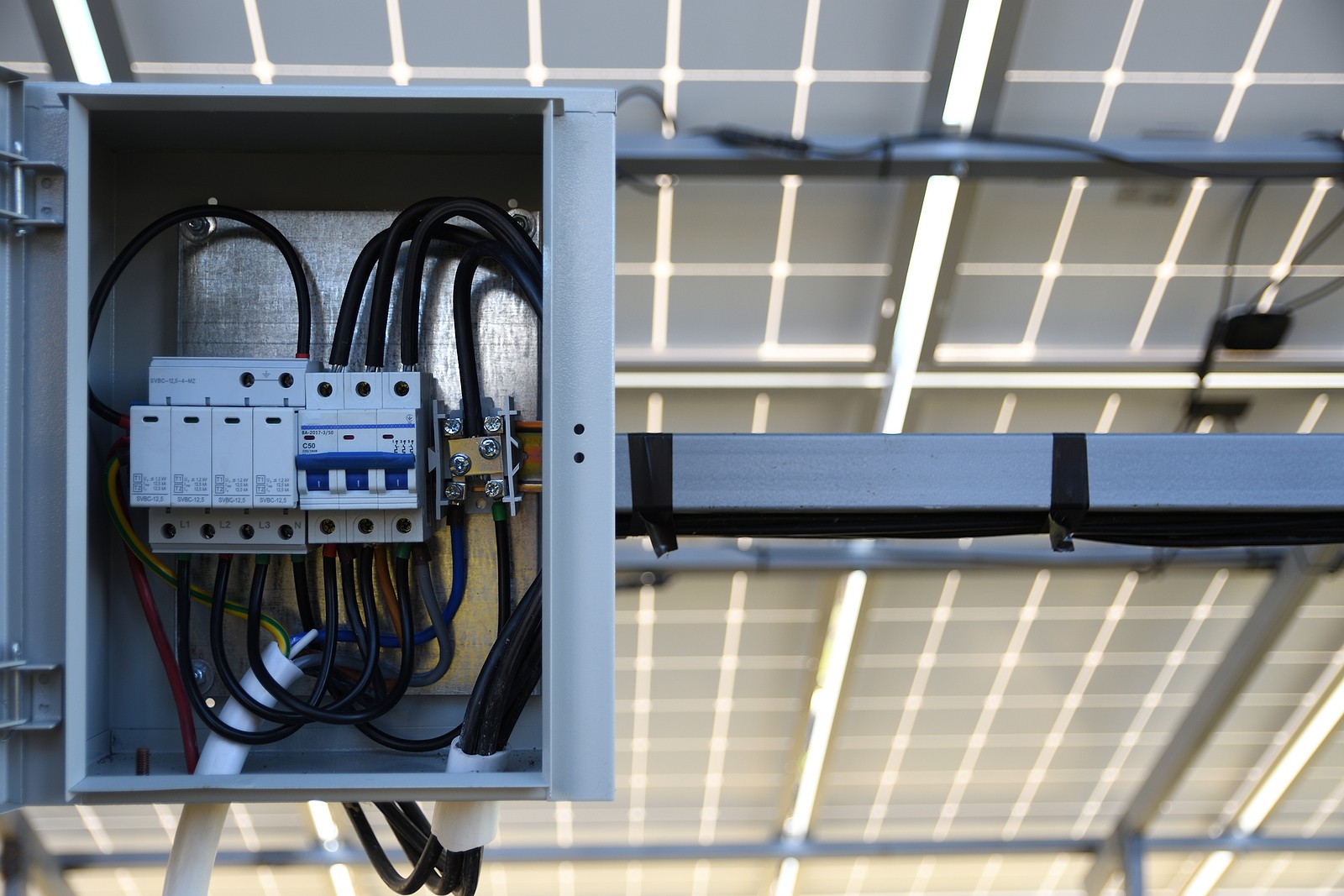
If you’re interested in optimizing commercial and industrial solar in California, you should consider using solar batteries in your system, which reroute and store unused energy as it is created. Our commercial solar company has plenty of experience in setting up batteries for solar storage – here are some of the common questions we get from clients.
What are Some of the Current Advantages of Solar Batteries in California?
It lessens dependence on time of use and provides electricity from solar energy even when solar panels aren’t creating it, such at night or in cloudy weather. This makes it easier to get as much value out of a solar installation as possible. In some cases, solar batteries can even enable a microgrid solar system to keep operating when the greater electrical grid has shut down.
What are the Different Types of Solar Batteries?
Battery arrays used in commercial solar energy solutions in California come in several different varieties, each with their own features. Multiple batteries like these are typically linked together to hold an appreciable amount of energy on a commercial installation. Common choices include:
- Lead acid: This durable technology is one of the oldest used for solar storage, and one of the most affordable. However, lead acid batteries tend to have shorter lifespans, and aren’t always as efficient as other options.
- Lithium-Ion: These familiar batteries upgrade to an iron phosphate version that allows them to avoid overheating issues as they work. These batteries are very efficient and long-lasting but can also be expensive. Other types may use Nickel Manganese Cobalt Oxide (NMC), but these may not have the same heat protection.
- Flow batteries: Flow batteries use vanadium to create an incredibly efficient battery that can be fully drained for repeated cycles without losing any charging capacity. However, vanadium is an expensive metal and these newer batteries tend to be on the top of pricing tiers.
Storage systems can also be AC or DC coupled, with a variety of different design options depending on the priorities for the solar storage system. Commercial solar energy storage solutions almost always use DC coupled storage.
How Long Do These Solar Batteries Last?
Modern solar batteries tend to last around 10 to 15 years depending on use. Given the average life of a solar installation, that means you’ll probably need to replace the batteries once. That may increase if you use shorter-lived lead acid batteries.
Can I Upgrade a Current Installation with Solar Batteries?
Usually, yes. You may need to install a different kind of inverter depending on what storage options work best for you.
Coldwell Solar Can Help with Solar Battery Storage
Interested in hearing more about solar battery storage, and how it could be incorporated in your solar panel installations? Contact Coldwell Solar, your premier solar energy company in California. We can handle all aspects of solar energy management, including consultations on building new systems, solar storage, and financing options.

